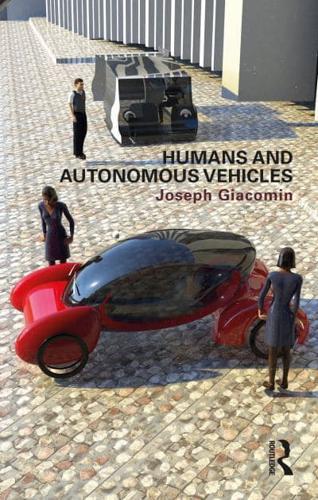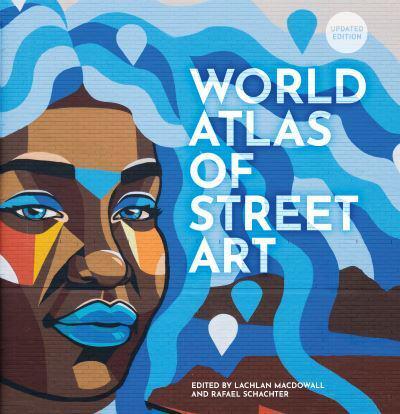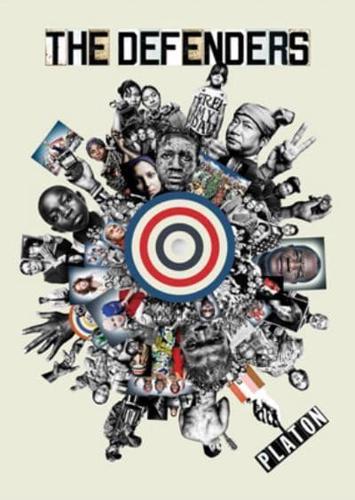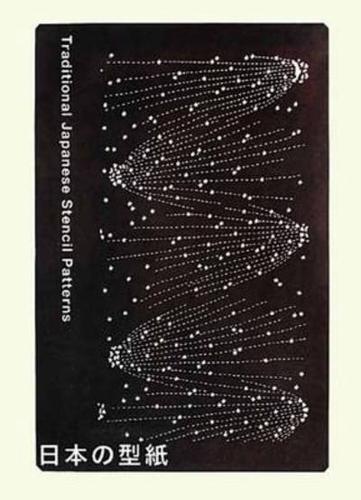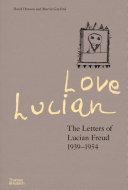Arts , Arts Special Topics
We
Exploring the masks of an African culture that were one of Picasso's primary influences. The We, whose name means 'men who easily forgive', live in the forests along the western border of the Ivory Coast. Theirs is regarded as a mask culture, as opposed to other societies that have none (such as the Ashanti in Ghana). The bold, striking sculpture on these masks ensured they would be among the first examples of African art to captivate Cubist artists in the West. These eye-opening, exuberant, phantasmagorical masks are astonishingly diverse and display a dazzling compositional inventiveness. They clearly also influenced the art of neighbouring peoples, to the extent that, far from being isolated in a remote corner of the jungle, this art has been identified as the keystone, the pivot around which all the art of the area revolves giving the lie to the notion that the lines drawn on maps by colonisers have any effect on the process of artistic creation. To which should be added a further crucial point: it is no exaggeration to speak of a mask culture, so abundant are they in each village, with a part to play in all community activities (legal, mystical, agricultural . . . ) and a role in all the stages of life. The nature of this dynamic, mobile art is completely different from the art of other peoples, where form suggests meaning and reveals the impact and the type of ceremony it is associated with; in the case of the We masks, form is never an indicator of category.
- Boyer, Alain-Michel
- Five Continents Editions
- 132
- Paperback
- 9788874398683
Поткатегории

